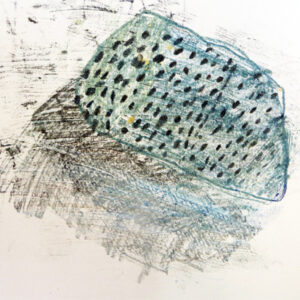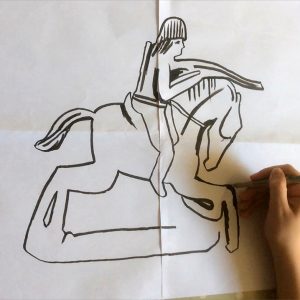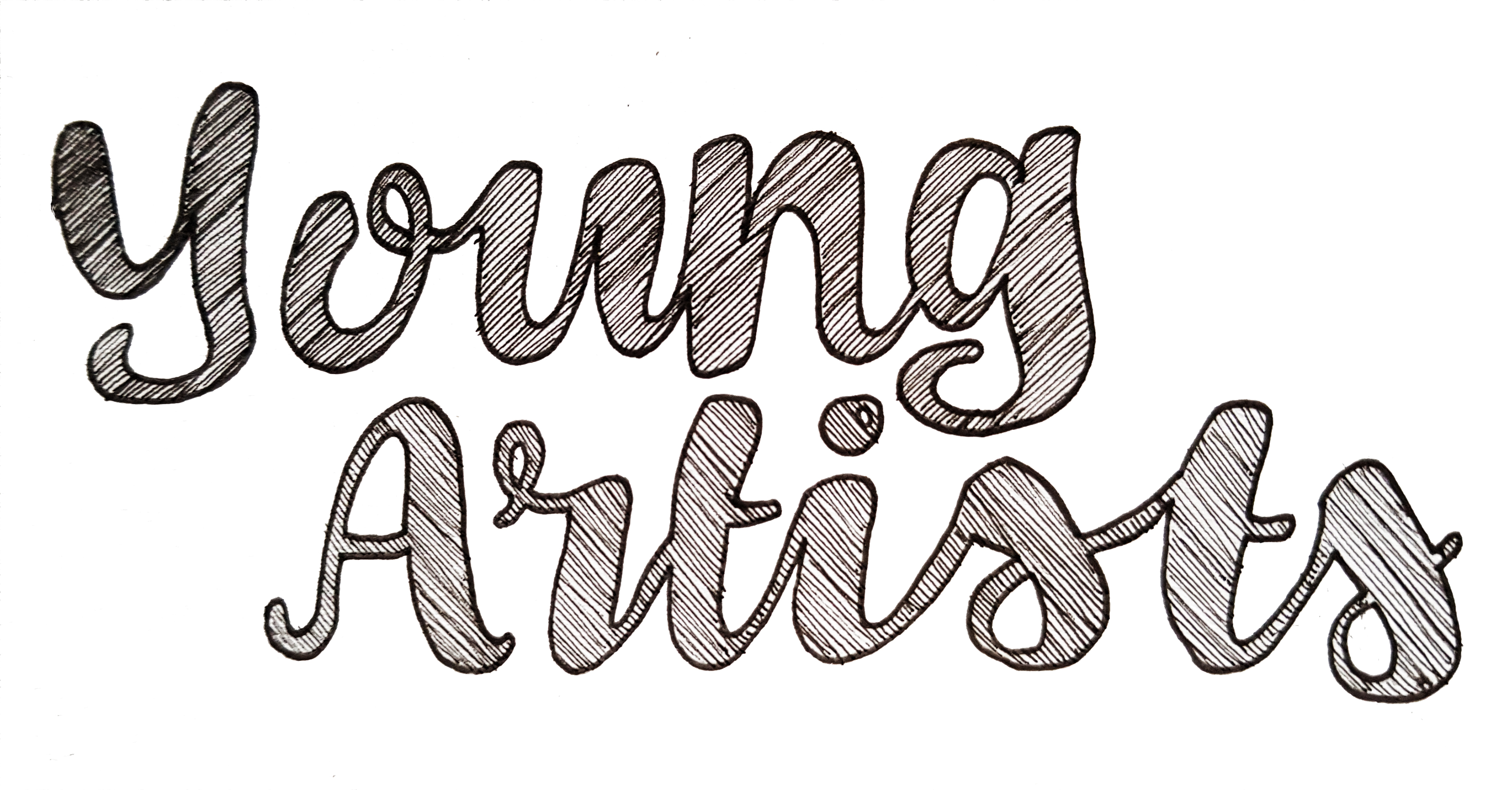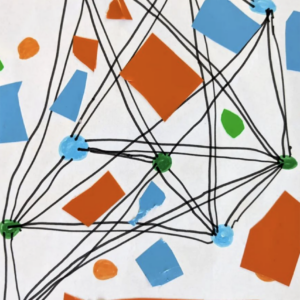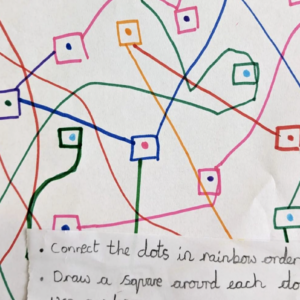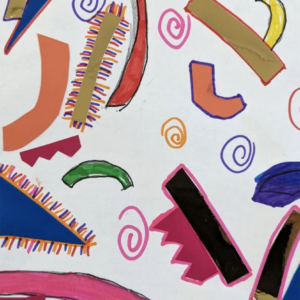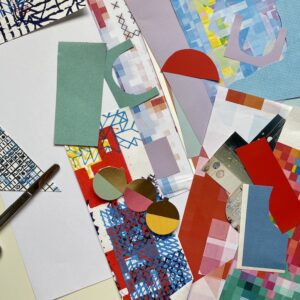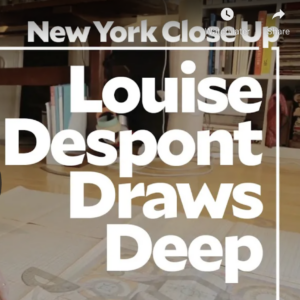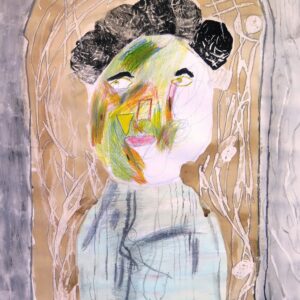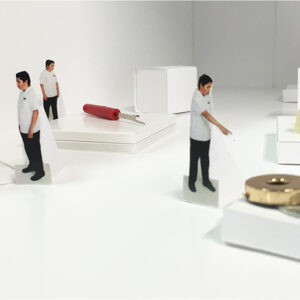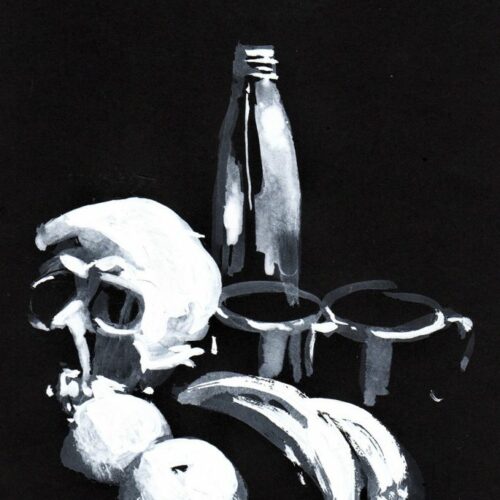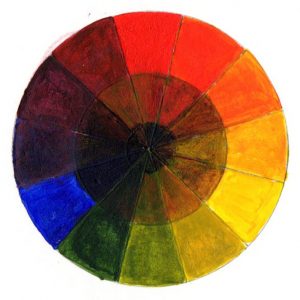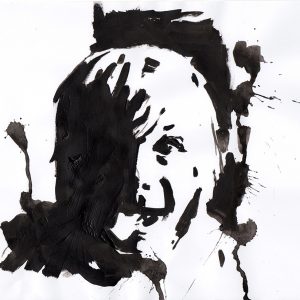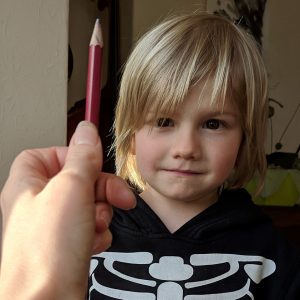Relax into this drawing exercise and don’t put pressure on yourself to make an amazing drawing. Sometimes making a drawing can feel like a big ask, especially if you think that drawing is not your thing (we’ll prove that wrong!). The aim of this exercise is to help you tune in to drawing as an activity. This exercise is suitable for children aged 4/5 and upwards through to adult.
So let’s start small and take it one tiny drawing at a time!
You Will Need:
- Paper
- Pen or pencil
- Collection of small objects (see below)
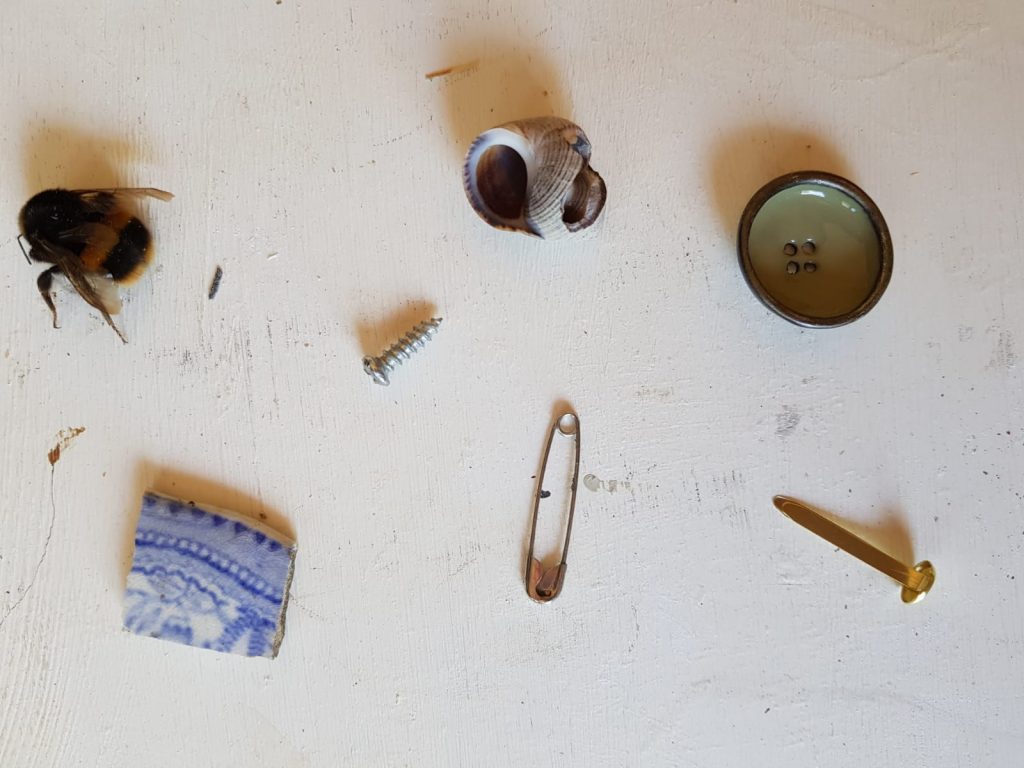
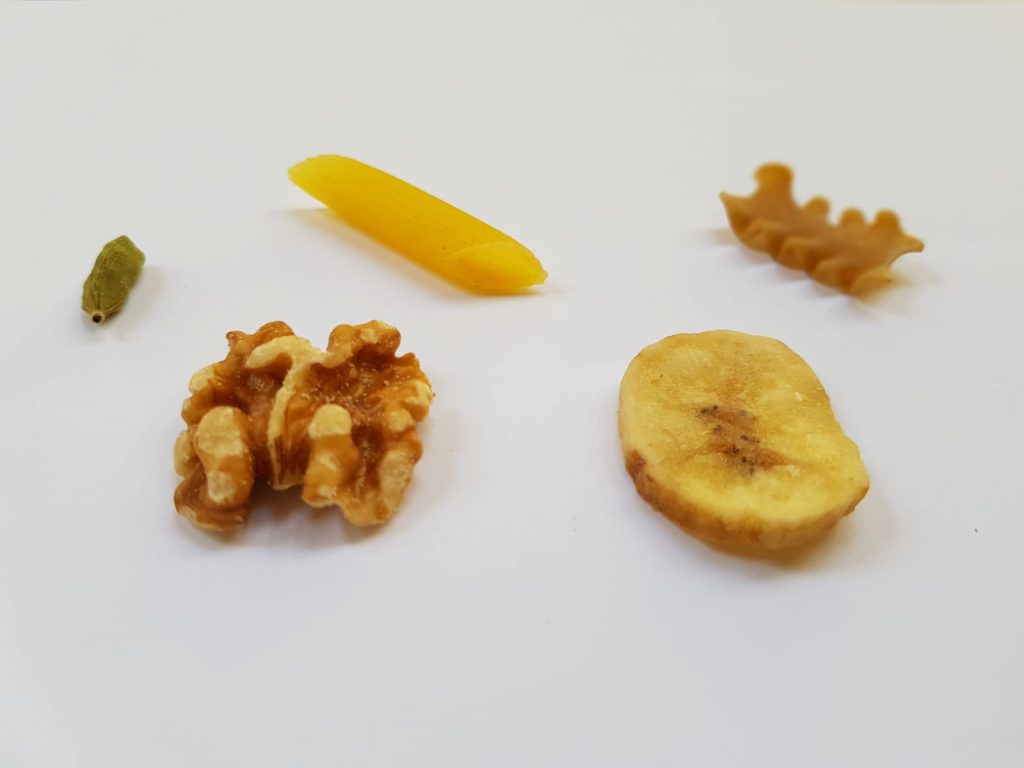
To Begin
Your challenge is to draw a collection of tiny objects – by tiny we mean things which are roughly the size of a five pence piece – things like small shells, pebbles, leaves, beads, screws. Popcorn also makes a good subject matter and even dead flies if you can find a few 😉
Start by scattering the objects over a large, clean sheet of paper. Take a pen or sharp pencil, and make sure you are near to the objects so that you can really see all their detail.
Begin by making sketches on the page, amongst the objects themselves. You should be making tiny movements with your fingers and hands – drawing from the wrist, but other than that draw however you feel most comfortable. This exercise is just to help you focus, relax, and begin to coordinate hand and eye, so don’t worry too much about results or technique.
Make as many sketches as you like, on as many sheets as you like.
As you draw, become aware of the relationship between looking and drawing. Let your eyes flit between looking at the object and looking at your sketch – it’s easy to concentrate more on your sketch and to forget to keep looking at the object. Ideally you should look at the object for a few seconds, then your drawing for a few seconds, then the object, then the drawing…
Also begin to become aware of how you can change the the marks you make in response to what you see. For example experiment with how much pressure you use, in different parts of the drawing.
There will be no mistakes and you can’t really go wrong. You are just making quick sketches. Each sketch should only take a couple of minutes…. Enjoy drawing small!
Repeat this exercise over a few days, each time choosing a different “small” object, and you’ll soon see how the marks you make change and improve.

